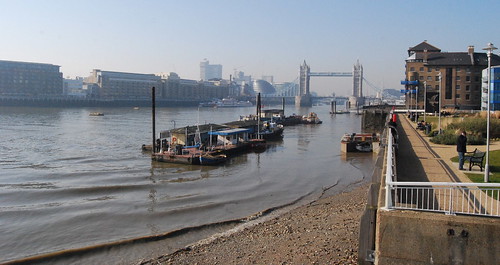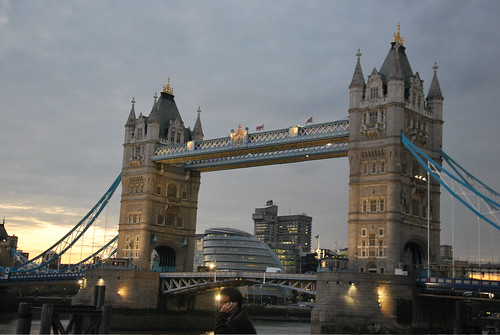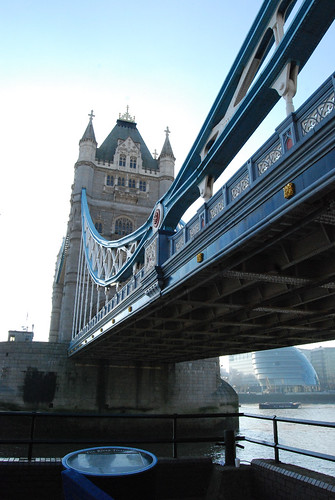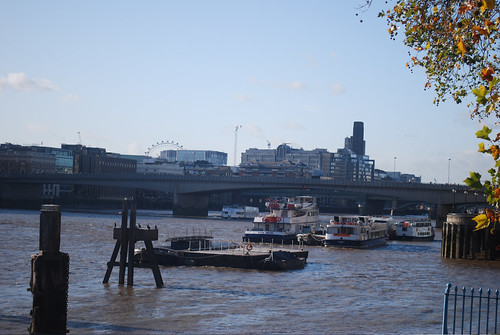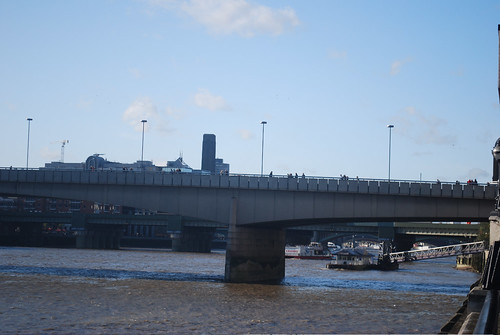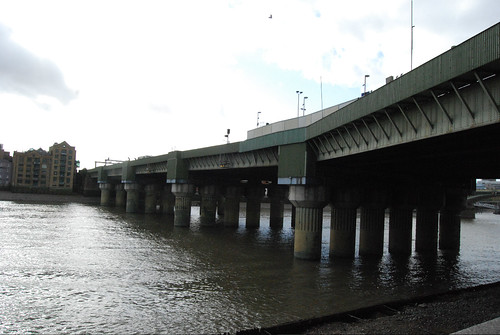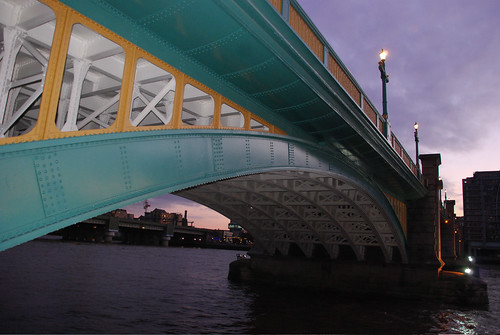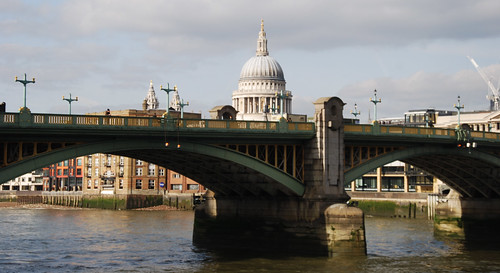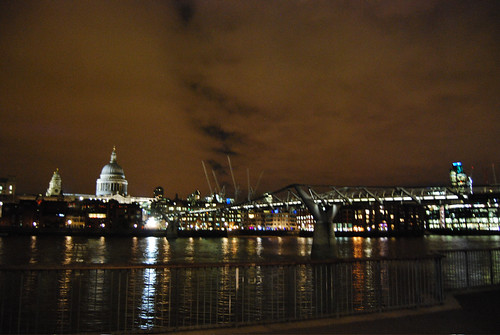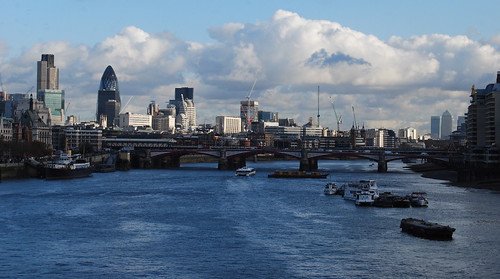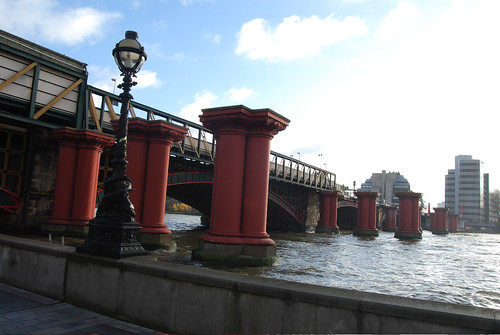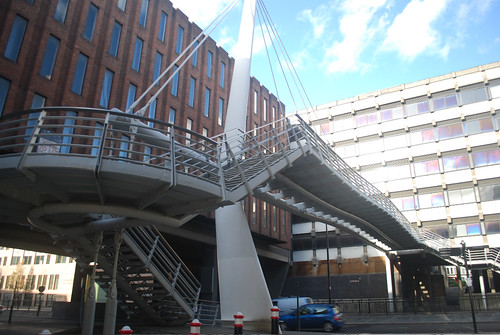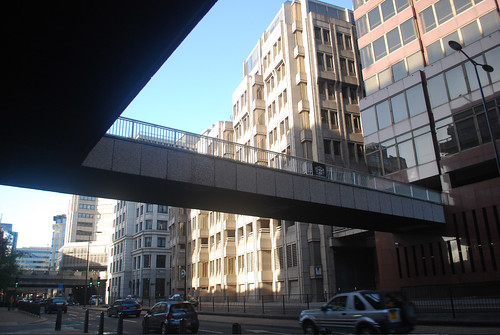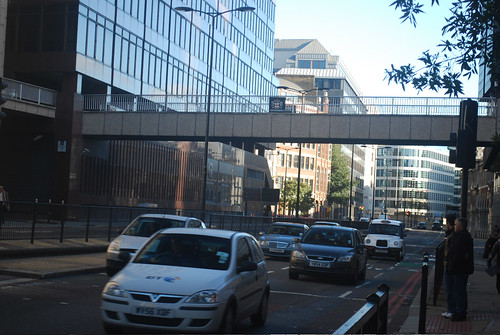
Even though it’s centuries later, the City of London is still shaped by the churches built after the Great Fire of London by Christopher Wren and his assistant Nicholas Hawksmoor. Fifty churches were erected by Wren and his office after the Great Fire but sadly some were destroyed during the Blitz in the Second World War.
The City has a cornucopia of churches and former churches: places like St Dunstan In The East, just off Great Tower Street, only the tower and steeple remain and the rest is used as a beautiful garden and Christ Church Greyfriars, on Newgate Street, bombed during the Second World War, still has its tower but the ruins of the rest were also turned into a garden popular with people who work nearby.
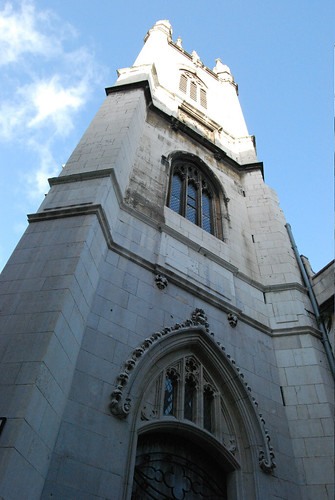
St Dunstan in the East
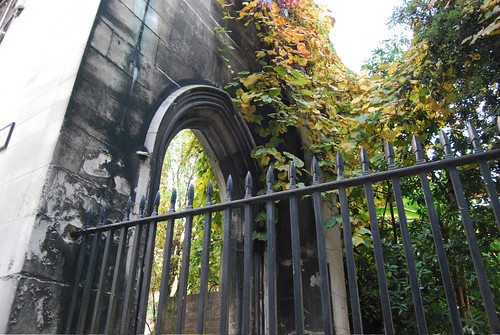
St Dunstan in the East
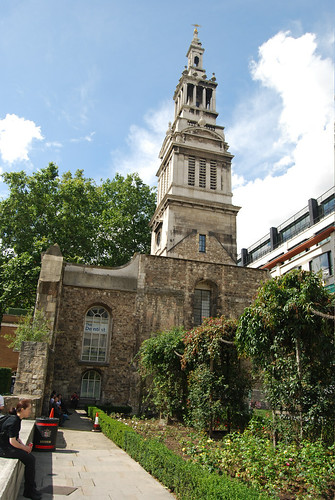
Christ Church Greyfriars
On the outskirts of the City of London is Christ Church Spitalfields, built between 1714 and 1729 and designed by Wren’s protégé Hawksmoor. It is not strictly speaking in the City of London but is so close to the border that anyone visiting Spitalfields Market, which is in the City, could cross Commercial Street and see it.
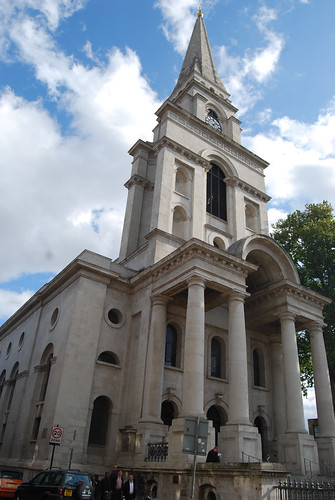
Christ Church Spitalfields
St Olaves Hart Street is one of the only Medieval churches that escaped the Great Fire. Dating from around 1450, it is situated near Tower Hill station.
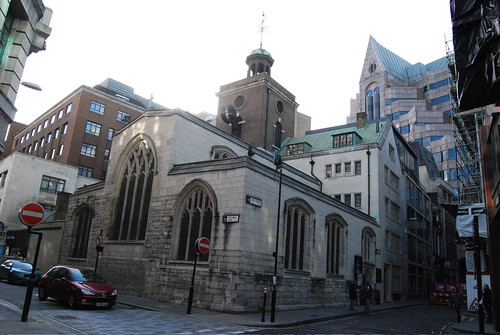
St Olaves Hart Street
The City also has St Bride’s Church on Fleet Street, designed by Wren and is said to have been the inspiration for the tiered wedding cake.
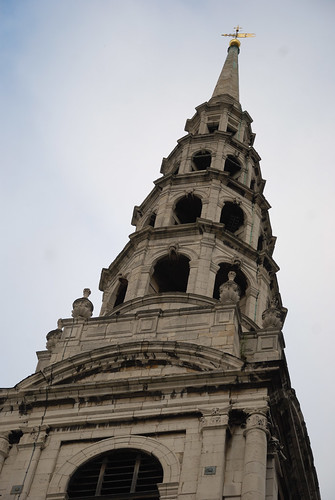
St Bride’s Church
Of course, the crowning jewel in the City of London’s churches is St Paul’s Cathedral. Consecrated in 1688 and designed by Christopher Wren, it survived bombing in the Blitz and is named after the patron saint of London, St Paul. It still commands the views of the Western end of the City of London and, thanks to the building of the Millennium Bridge in 2000, its vista has been improved. A major cleaning operation over the last few years has restored it to its former glory too.

St Paul’s Cathedral
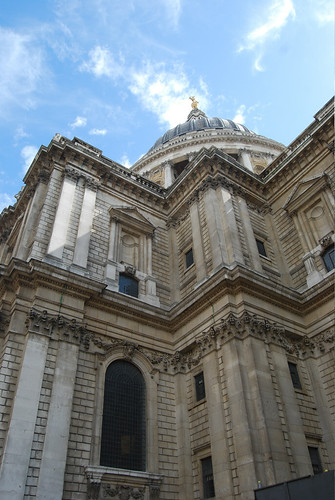
St Paul’s Cathedral
Other churches in the City of London include…
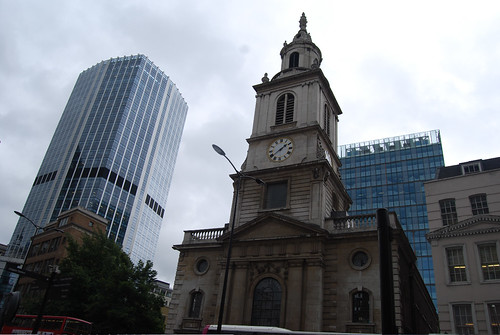
St Botolph without Bishopsgate
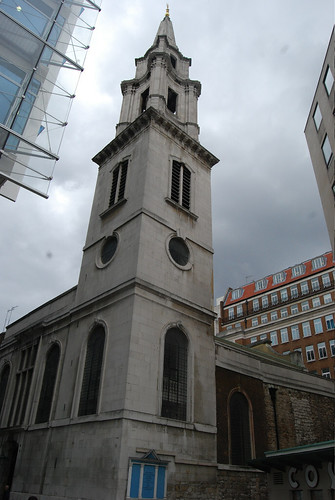
St Vedast-alias-Foster
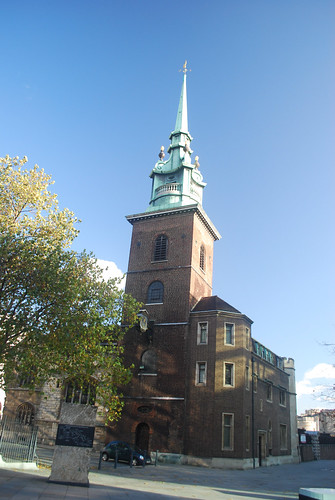
All Hallows by the Tower
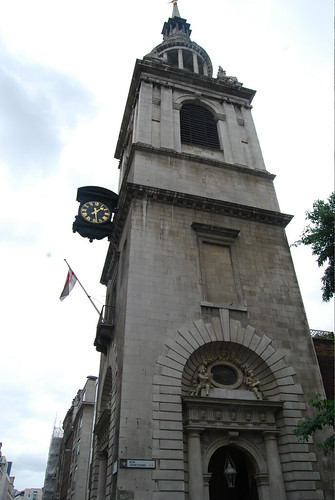
Mary-le-Bow
This is a repost of an article first published in 2009.
